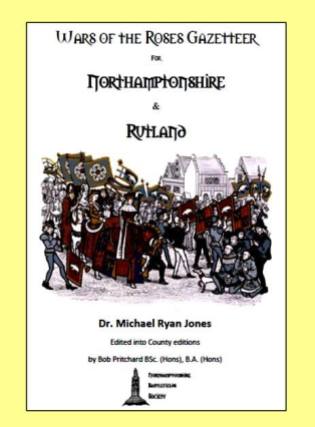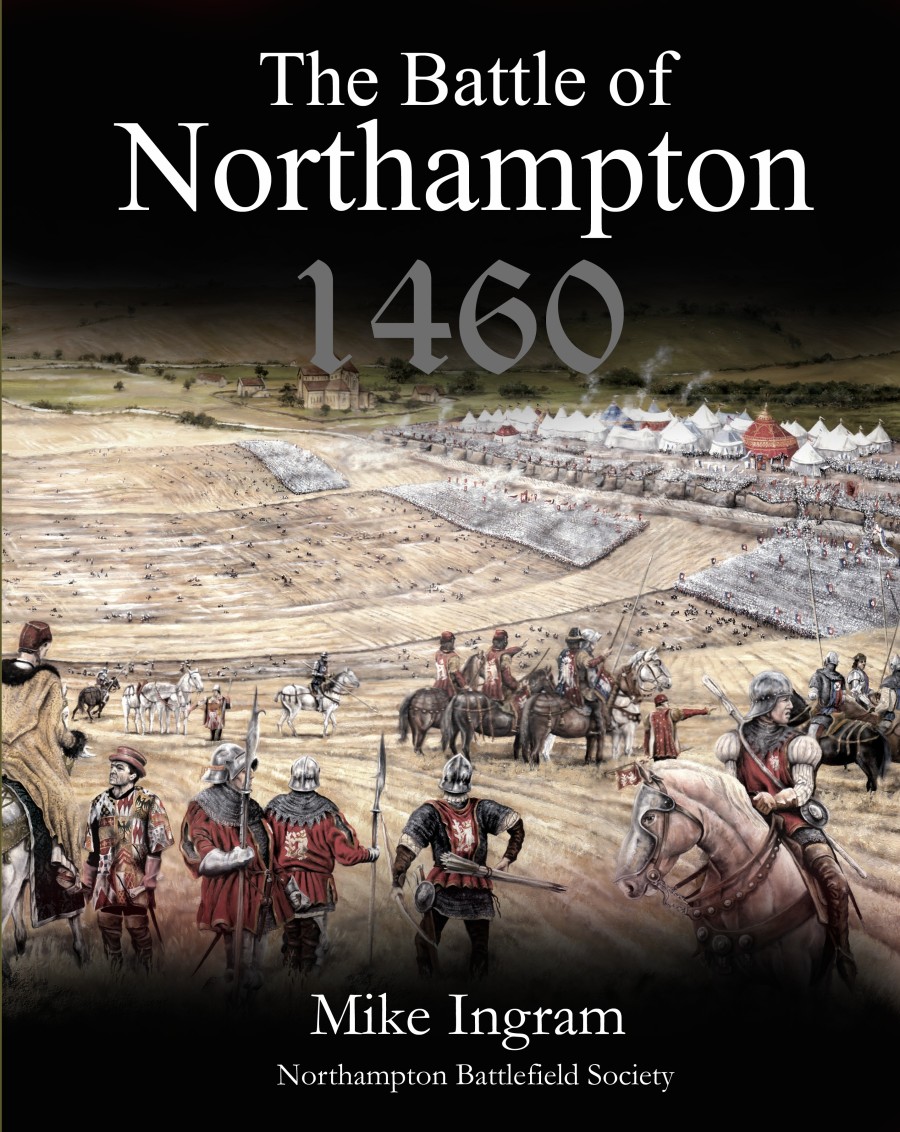26 June 1460.
The Calais Lords, Richard Neville, Earl of Warwick; Edward, Earl of March; and William Neville, Lord Fauconberg landed at Sandwich with 2,000 men.
27 June 1460.
The Calais lords arrive at Canterbury. Robert Horne, John Scot and John Fosse and their men, sent by King Henry to stop them change sides and help negotiate the surrender of the city.
28 June 1460
Yorkists send out letters summoning help from the Cinque Ports. At least Rye and Winchelsea send men. After paying respects at the shrine of St. Thomas, a growing number of Yorkists leave Canterbury heading for London via Rochester and Dartford.
29 June 1460
The Common Council of London agree to resist the rebels but refuse to let the Lancastrian Lord Scales to act as the cities Captain. Men at Arms are placed on London Bridge. A deputation is sent to the advancing Yorkists warning them they would be refused entry to the city. Thousands flock to the Yorkist standard ‘like bees to the hive’.
1st July 1460
The Yorkist army reaches London and camps at Blackheath. As well as the Calais Lords it was said to include ” the many footmen of the commons of Kent, Sussex and Surrey”. By this time, according to some observers their number was between 20,000 and 40,000.
2 July 1460
11 Aldermen of London rebel in support of the Yorkists. The Yorkists enter London and are met by the Bishops of Ely and Exeter in Southwark. There is a crush on London Bridge and 13 Men at Arms are trampled when they fell.
3 July 1460
The Calais Lords make an oath of allegance to King Henry on the cross of Canterbury at St. Pauls. Warwick announces that they had come with the people to declare their innocence or else die in the field.
4 July 1460
Francesco Coppini, Bishop of Turin and Papal Legate joined the Yorkists at Calais. His official mission from the Pope was to persuade the English to join a crusade. However, he has a secret mission from Francesco Sforza, Duke of Milan (If you have seen “The Borgias” on TV you will get the idea), to help put the Yorkists on the throne. The French were becoming heavily involved in Italy and Margaret of Anjou’s brother wanted to be King of Naples, thereby threatening Milan. If the Yorkists were kings of England they might be persuaded to invade France and take the pressure of of Italy. At St. Pauls and by letter, Coppini issues a chilling warning to King Henry… ‘….out of the pity and compassion you should have for your people and citizens and your duty, to prevent so much bloodshed, now so imminent. You can prevent this if you will, and if you do not you will be guilty in the sight of God in that awful day of judgement in which I also shall stand and require of your hand the English blood, if it be spilt’
Warwick’s Uncle, William Neville, Lord Fauconberg, advances north from London, with according to one chronicler, 10,000 men. Faucoberg was the Yorkist’s most experienced soldier having taken part in many of the later battles of the 100 Year War. He appears to have been heading for Ware. Warwick secures a loan of £1,000 from London to finance the coming campaign.
5 July 1460
The main Yorkist army commanded by Warwick leaves London heading north along Watling Street. They bring with them a train of artillery.
The Lancastrian’s make plans to leave their base at Coventry. Summonses are sent out to towns and to lords to assemble their forces. They too have a large train of artillery which they had been stockpiling at Kenilworth Castle.
Salisbury and Cobham stay in London to lay siege to the Tower
July 7 1460
The Lancastrians reach Northampton and begin to build a fortified camp in fields between Hardingstone and Delapre Abbey. Bishop of Winchester and Lord Chancellor of England , William Waynflete, surrenders the Great Seal to the King in ‘Hardingstone Field’ Then he and a number of other senior members resign and flee.
In the meantime the two separate Yorkist armies join at Dunstable where they wait for the artillery and slower foot soldiers to catch up.


























